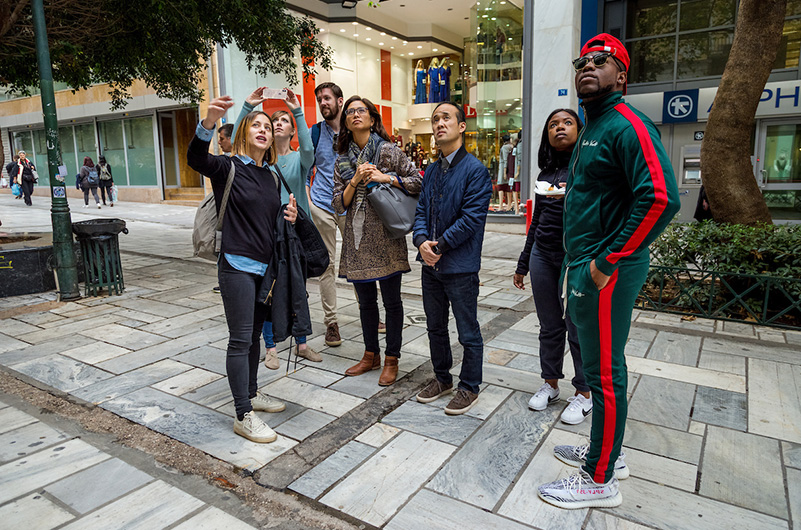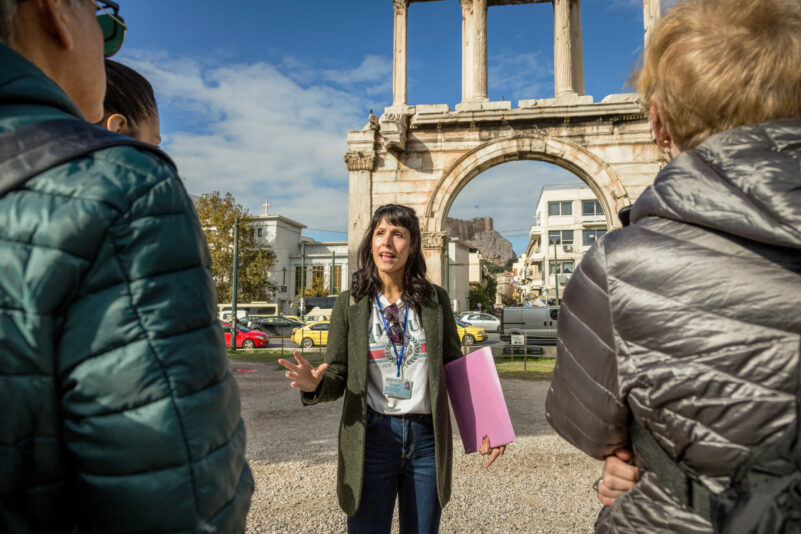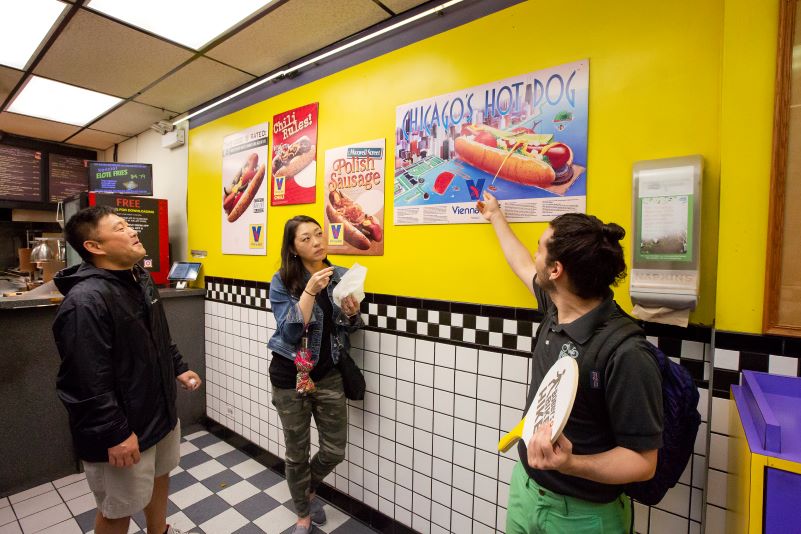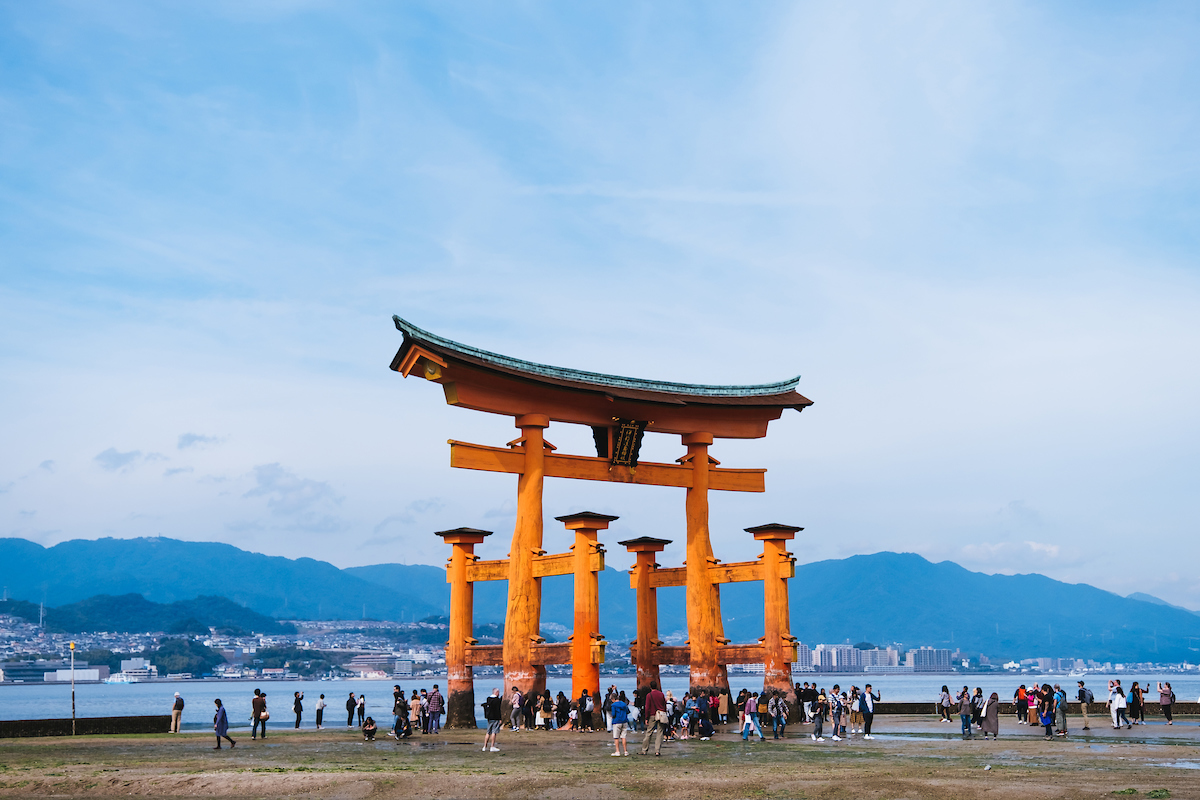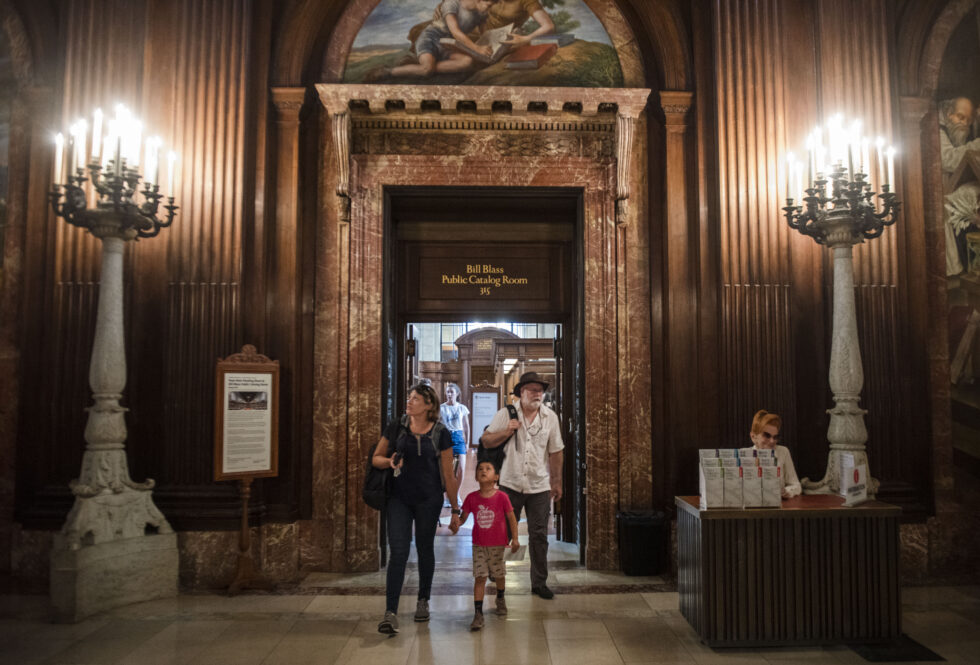Your tour might feature the most spectacular views and interesting historical sites, but capturing the attention of your tour participants—and keeping it—can still be a challenge, even for the most experienced operators. And let’s not forget the seemingly nonstop use of mobile devices combined with the usual distractions that can make it even harder. So how do you design an effective and valuable tour itinerary that keeps participants engaged and invested?
We reached out to event industry experts, including destination management companies (DMCs), for advice and tips on how they build captivating experiences and translated these tried-and-true strategies into principles you can implement into your tour operations.
Hire an engaging host
When recruiting folks to lead your tour groups, personality is a must. Similar to an event host or a panel moderator, you need someone who can command a crowd and “drive the train,” says Samantha Stallard, director of content and editorial at Liberty & Co., a New York-based editorial experiential agency that builds events for brands like CBS and Meredith. She adds that “[they] shouldn’t be afraid to wield their power to get that train in on time.”
Mauricio Ramirez, marketing director of Mundo Imperial Entertainment & Hospitality, an Acapulco-based hotel company, adds that, like a good event moderator, the guide needs to be a knowledgeable person “who knows how to ‘read the room.’”
They will also set the tone of the tour, so consider whether you want a funny, light-hearted attitude or, perhaps, a more serious disposition, depending on the itinerary. Much like event hosts, guides should make it easy for the group members to participate by asking rapid-fire questions, for example. “Uniformity is boring and the easiest way to put your audience to sleep,” Stallard says.
Keep the tour cohesive and on theme
Often, tours are designed around a specific theme, such as historical sites, culinary hotspots, or religious history. Like an event experience, a theme or a narrative thread allows you to establish “clear parameters to work within,” Stallard says. This helps travelers “feel connected and in tune with the elements.” Plus, participants are more likely to remember the experience.
Lorraine Hunter, director of sales for Hello! Florida Destination Management, which facilitates and coordinates logistics for event planners, including organizing tour activities, says that “tours that represent the local flavor of the city, town, or state that they are in” are the most successful when it comes to corporate clients. They seek out experiences “that they may not be able to find anywhere else,” she adds.
Also, be sure to communicate the timelines and expectations to potential participants clearly. The more informed they are, the better they will be able to absorb and engage.
Plan a walking tour
When planning your itineraries, consider how much time you’ll need to reasonably explore each itinerary stop but remember to keep it moving. Studies have shown that people experience significantly higher levels of learning while walking and listening, plus a better mood, so think about incorporating walking into your tour, if possible.
Stop for shorter periods
As event pros know, it’s easier to engage people in shorter bursts, like 20 to 30 minutes, compared to longer segments. In terms of overall tour duration, Hunter says that she thinks four hours is an “ideal length, as that allows the most time to capture and retain the attention of the attendees.” Of course, there are exceptions, like all-day tours that require extra time for travel to and from the destination.
Add in breaks to the itinerary
“Our attention spans have only gotten more limited since the pandemic, so build in sufficient breaks between programming,” Stallard says. Try to incorporate rest periods or breaks for lunch or snacks to allow participants to relax and recharge.
Limit your group size
When determining the ideal tour group size, Hunter says that off-site outings are typically designed for a minimum of 20 people when dealing with larger corporate gatherings with hundreds of people. “This allows us to set a price point that is relatively moderate and provide more connected and customized experiences in these small groups.”
Stallard cited a study that found the ideal group size is five people, which allows everyone to participate. Going beyond this number has been shown to increase the complexity of the group dynamic and negatively affect social interaction and conversation. For example, in larger groups, one or two people tend to dominate or smaller subgroups can form and divide the participants. Most travelers favor intimate small-group experiences over crowded tours. Of course, the size of your tour group will also be determined by cost, transportation, and other logistics.
Incorporate feedback
Event industry pros often conduct pre- and post-event surveys to gauge attendee interest and the effectiveness of the experience. Collecting this information can help you optimize your tour.
Ask yourself: what worked and what didn’t? What needs to be changed for next time? Besides listening to in-person feedback from your tour participants, always read the reviews left on your Viator product page, send follow-up emails asking for feedback, and stay nimble so that you can implement changes when necessary.

